Golf is a sport cherished by millions worldwide, from casual weekend players to avid enthusiasts. But one aspect that often confounds beginners and seasoned players alike is the golf handicap system. In this article, we’ll dive deep into what constitutes a high handicap in golf, how it works, and what it means for your game.
What is a Golf Handicap?
Before we dive into what a high handicap is, let’s clarify what a handicap is. A golf handicap is a numerical measure of a golfer’s potential ability, calculated based on their past performance on the golf course. A lower number indicates a better player, while a higher number reflects a player who may not play as consistently well.
How Are Handicaps Calculated?
The calculation of a golf handicap can be complex, but here are the key components:
- Scores: Your recent scores over a specified number of rounds.
- Course Rating: A number that represents the difficulty of a course for a scratch golfer (someone with a 0 handicap).
- Slope Rating: This measures the difficulty of a course for a bogey golfer compared to a scratch golfer.
The Formula:
Handicap Index = (Adjusted Gross Score – Course Rating) × 113 / Slope Rating
This calculation allows players of varying skill levels to compete against each other fairly.
What is Considered a High Handicap?
The definition of a high handicap varies between different golfing communities. Typically, a high handicap is regarded as:
- Men: A handicap of 18 or above.
- Women: A handicap of 24 or above.
These players may struggle to break 90 on a standard 18-hole course. However, putting numbers aside, what’s most crucial is how a high handicap is perceived and what it means for your golf game.
 Golf course at sunset
Golf course at sunset
Characteristics of High Handicappers
High handicappers tend to exhibit specific characteristics that affect their golfing performance:
- Inconsistent Play: Shots may vary considerably from one round to the next.
- Developing Skills: Many are still learning the fundamentals of swing mechanics, putting, and course management.
- Golf Anxiety: The pressure of scoring or competing can affect their performance.
- Equipment Considerations: They may not have equipment that fits their swing and style.
Why Being a High Handicapper is Not All Bad
While having a high handicap might seem discouraging, it also presents a unique opportunity to improve. Here are several reasons why being a high handicapperscan actually be beneficial:
1. Room for Improvement
Any skills learned at this level will have a more substantial impact on your overall game. Every small victory in lowering your handicap can give you a confidence boost.
2. Lower Expectations
High handicappers may feel less pressure and more freedom to experiment with their game, leading to creative approaches to problem-solving on the course.
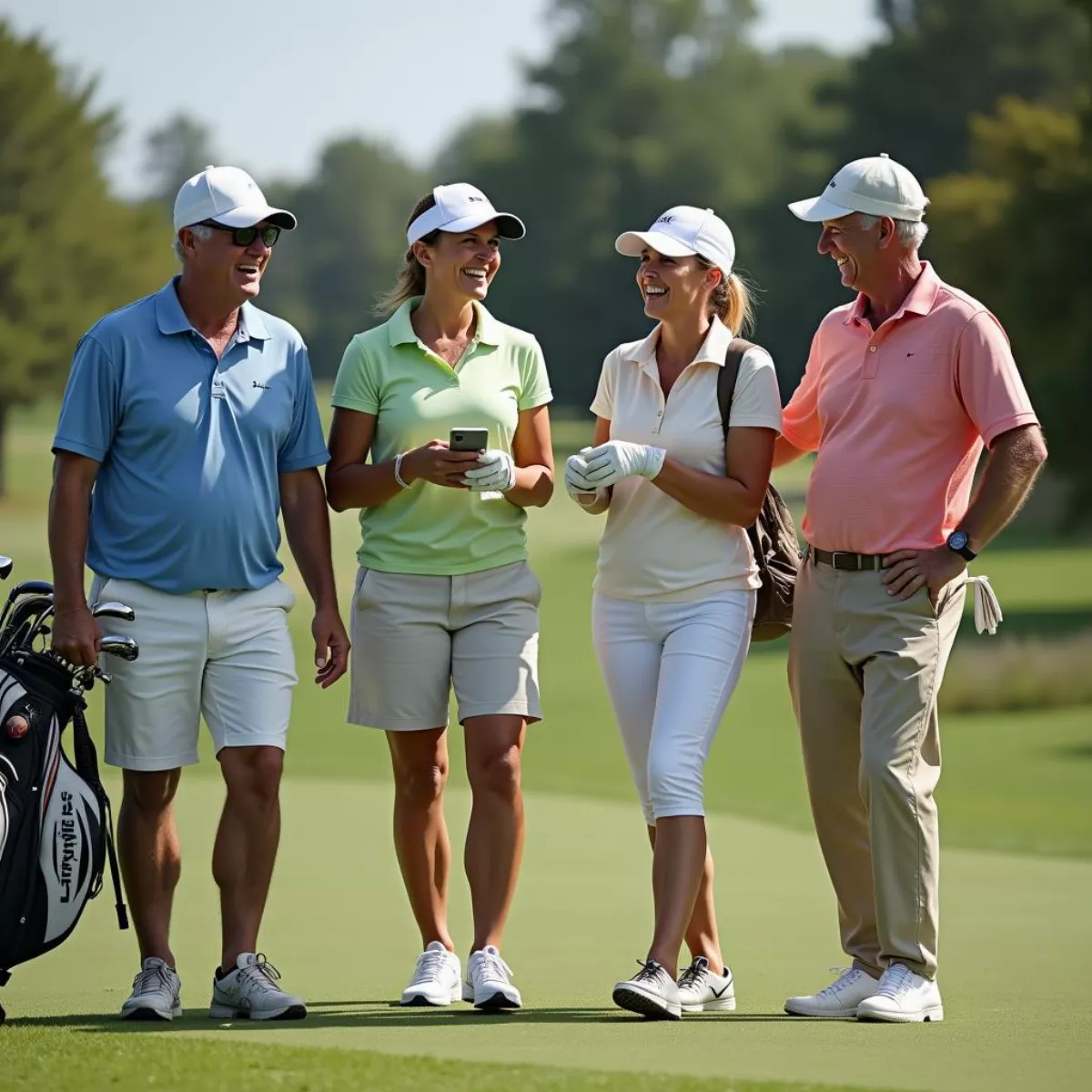 Group of golfers laughing together
Group of golfers laughing together
3. Community and Camaraderie
Many high handicappers find community in their local clubs, where they bond with fellow players, fostering friendships through shared experiences.
4. Lifelong Learning
Golf is a sport that one can continually improve upon. Many high handicappers find joy in learning and evolving their skills over time.
Tips for Lowering Your Handicap
If you find yourself on the higher end of the handicap spectrum and wish to improve, here are some actionable tips:
- Practice Regularly: Dedicate time to practice your short game, as this is where most strokes are gained or lost.
- Work on Fundamentals: Focus on your grip, posture, and alignment to develop a solid foundation.
- Play Courses that Challenge You: Assess your skill level and set goals to play on more difficult courses that will stretch your abilities.
- Seek Professional Help: Invest in lessons from a certified golf instructor who can provide tailored advice and drills.
- Keep a Golf Journal: Logging your scores and reflecting on your rounds can help you identify trends and areas for improvement.
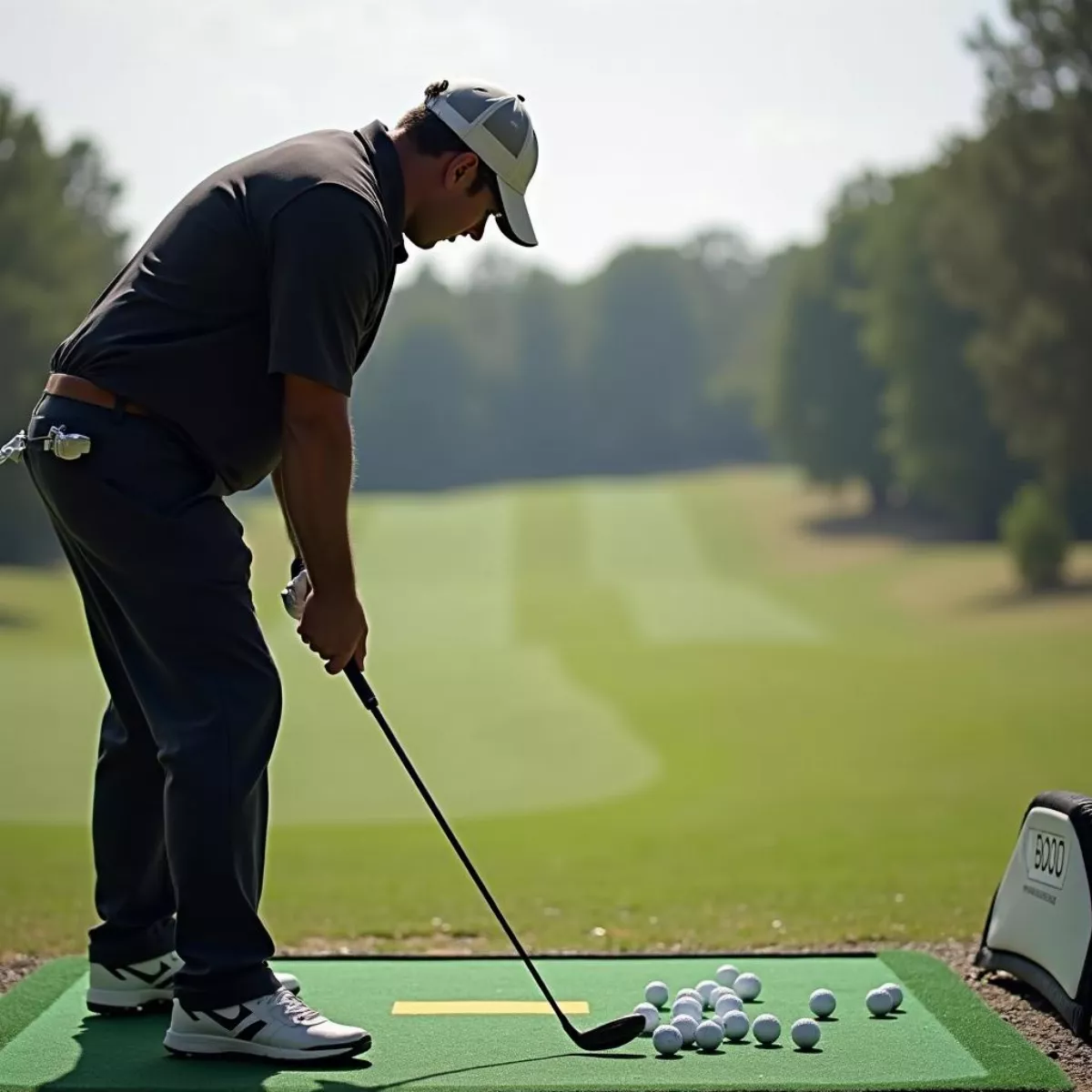 Golfer practicing swing on driving range
Golfer practicing swing on driving range
Equipment Considerations for High Handicappers
Selecting the right equipment can significantly affect your performance. Here’s what to consider:
| Type of Equipment | Recommendation |
|---|---|
| Drivers | Look for a forgiving driver with a larger sweet spot. |
| Irons | Oversized or cavity-back irons help with forgiveness. |
| Wedges | Invest in a set of wedges designed for easier play. |
| Putter | Choose a putter that feels comfortable and has a good weight balance. |
Custom Fitting
Consider getting custom-fitted clubs; tailored equipment can help improve your swing and overall game performance.
Key Takeaways
- A high handicap is generally 18 or above for men and 24 or above for women.
- High handicappers may display characteristics such as inconsistent play and developing skills.
- While it can seem discouraging, being a high handicap offers opportunities for improvement, community, and lifelong learning.
- Regular practice, focusing on fundamentals, playing challenging courses, and seeking professional help can help lower your handicap.
- Choosing the right equipment can also play a significant role in improving your game.
 Close up of golf clubs in bag
Close up of golf clubs in bag
Frequently Asked Questions (FAQs)
-
What is the maximum golf handicap?
- The maximum allowed golf handicap is 54.0 for both men and women.
-
Can I still play in tournaments with a high handicap?
- Yes, many tournaments are open to all skill levels, and you can participate with your established handicap.
-
How long does it take to lower my handicap?
- The time taken varies; consistent practice and effective training can lead to noticeable improvements within a few months.
-
What handicap do I need to play in a club championship?
- Different clubs have varying requirements; typically, players are required to have an established handicap index.
-
Does weather affect your handicap?
- Yes, conditions such as wind, rain, and temperature can significantly impact golf performance and, consequently, your scores.
-
Are women’s handicaps different from men’s?
- While the formula for calculating handicaps is the same, women’s scoring averages are typically higher, leading to different benchmark levels for high handicaps.
-
Is it better to join a golf club as a high handicapper?
- Joining a club can provide access to better practice facilities, instruction, and regular informal competitions, all of which can help you improve.
-
How often should I practice?
- Aim for at least once a week on the range and once on the course to maintain and improve your skills.
-
What’s more important—practice or lessons?
- A balance of both is essential; practice reinforces what you learn in lessons, leading to gradual improvement.
-
Can I track my progress online?
- Many websites and apps allow golfers to log scores and track their handicaps easily. Consider using these tools to stay motivated.
With this comprehensive guide, you should now feel well-informed about high handicaps in golf, how they are calculated, their implications, and how to work toward improvement. Remember, every golfer’s journey is unique, and embracing the learning process is part of what makes golf the enriching sport it is. Happy golfing!

 Jon Rahm adjusting his golf glove
Jon Rahm adjusting his golf glove Jon Rahm mid-swing on the golf course
Jon Rahm mid-swing on the golf course
 Leaderboard at Augusta National
Leaderboard at Augusta National Tiger Woods Celebrates at Augusta National
Tiger Woods Celebrates at Augusta National 
 Watching Scottish Open Online
Watching Scottish Open Online Scottish Open Highlights
Scottish Open Highlights
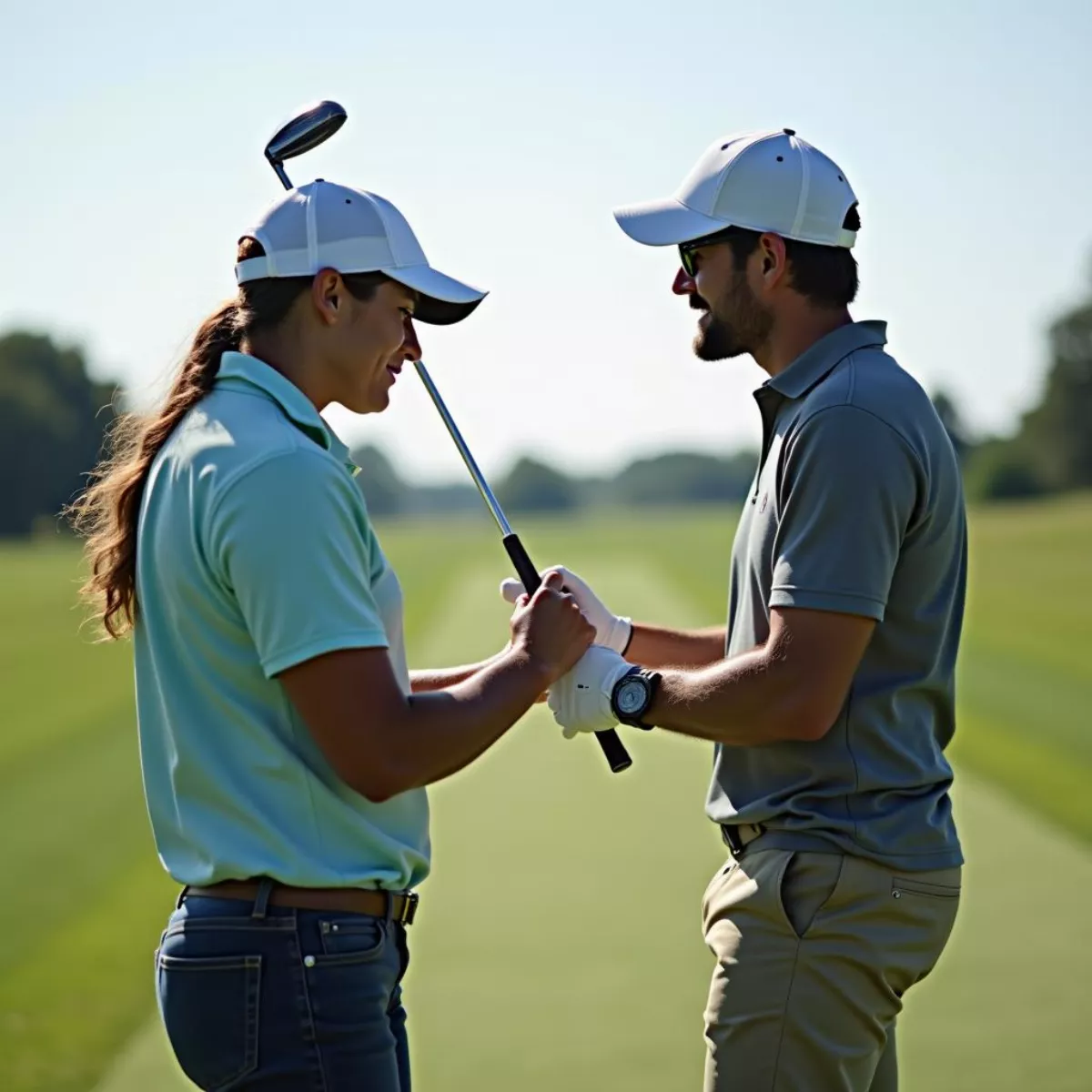 Golf Instructor Teaching Student
Golf Instructor Teaching Student Golfer Taking Deep Breath
Golfer Taking Deep Breath
 Woman golfer on the course
Woman golfer on the course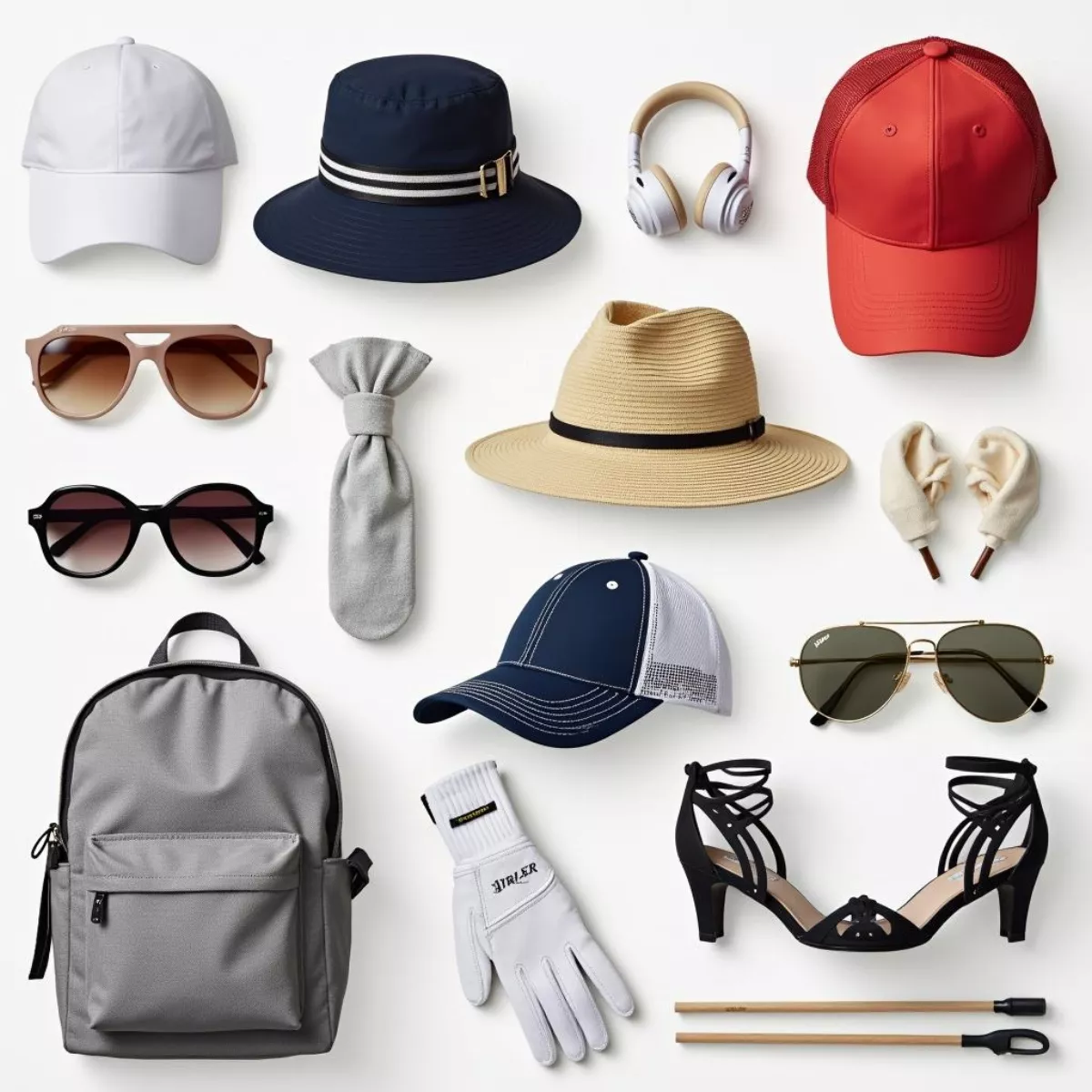 Stylish women's golf accessories
Stylish women's golf accessories Group of women golfers
Group of women golfers
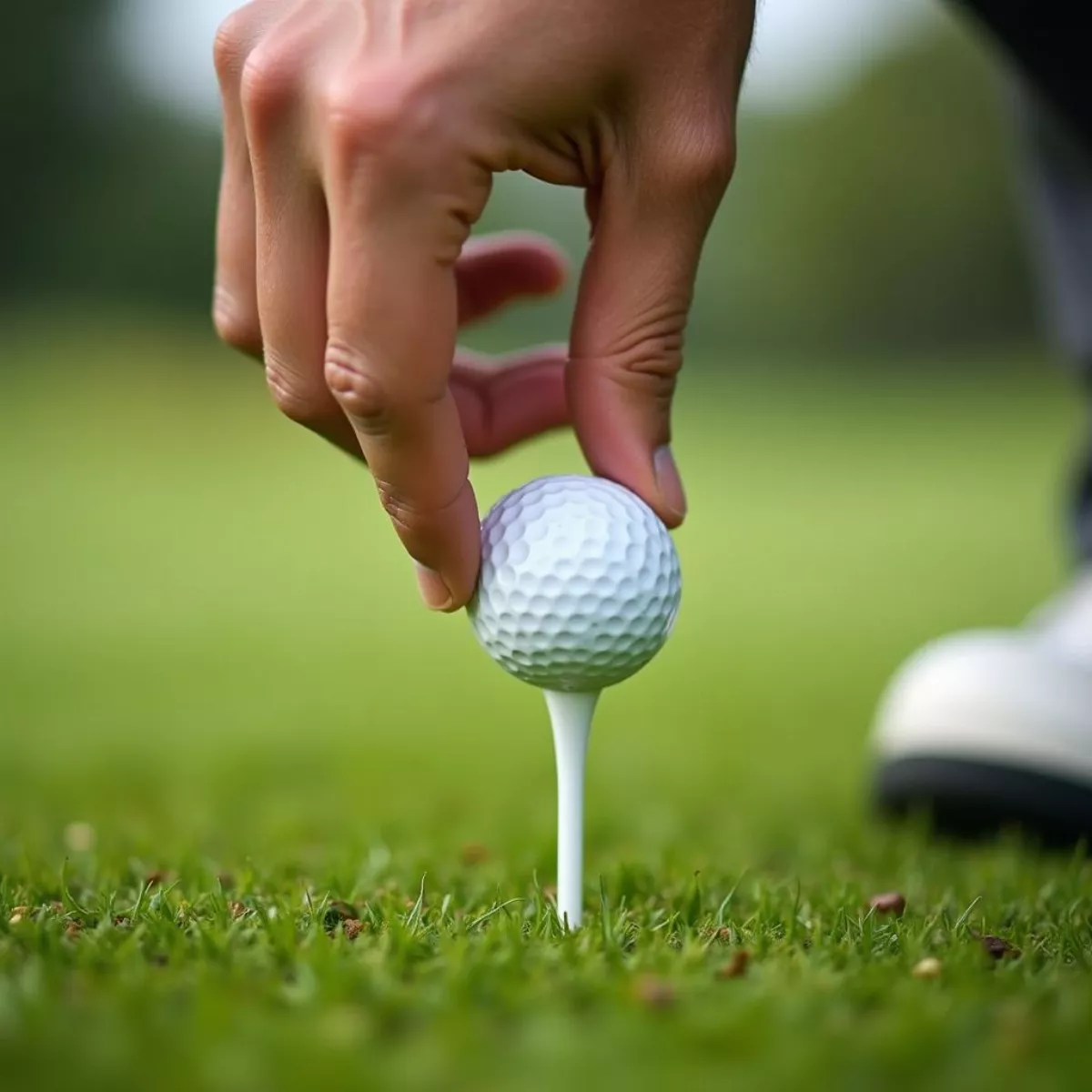 Golfer Lifting Golf Ball on Fairway
Golfer Lifting Golf Ball on Fairway Group of Golfers Discussing Rules on Course
Group of Golfers Discussing Rules on Course
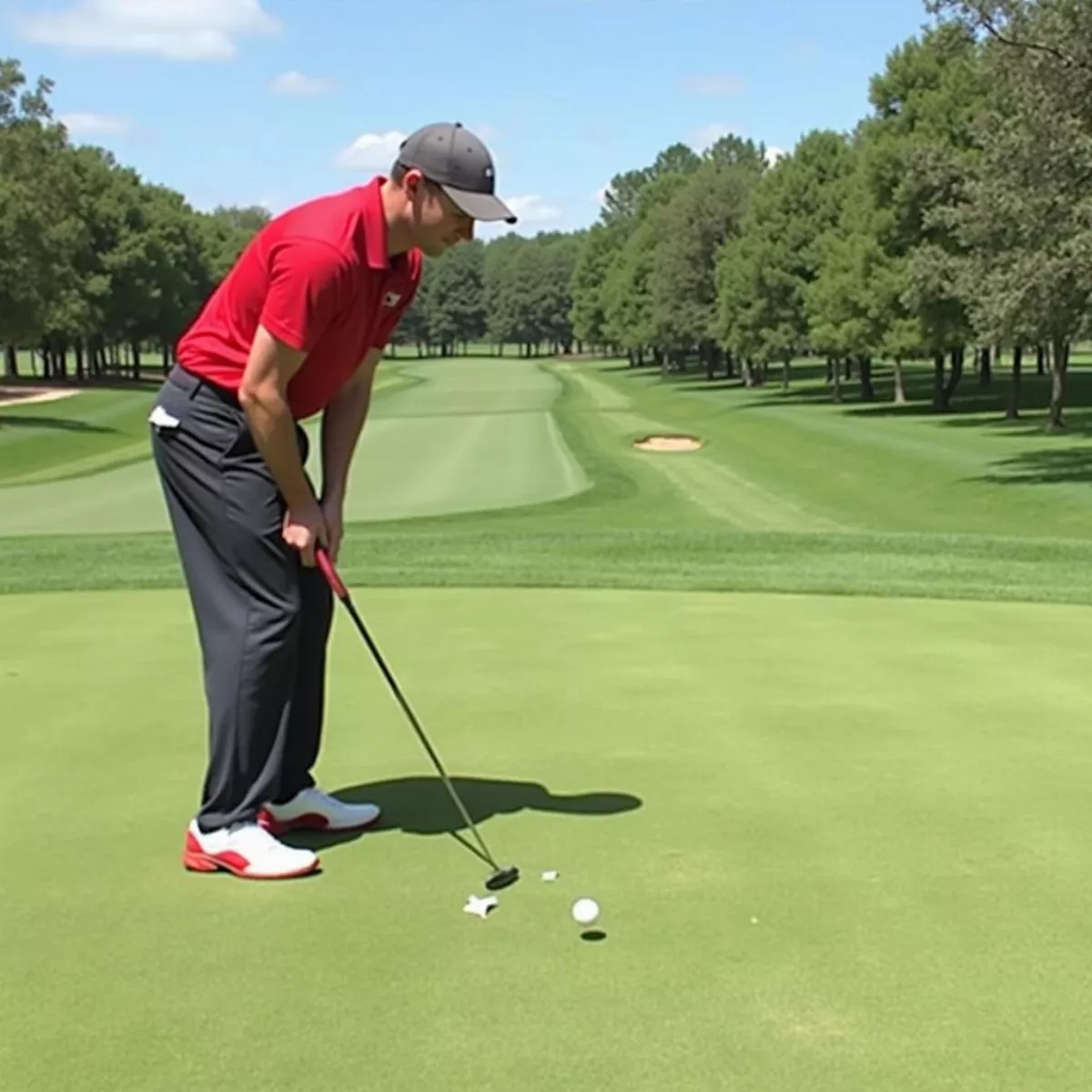 Golfer practicing tee drill for tight lie
Golfer practicing tee drill for tight lie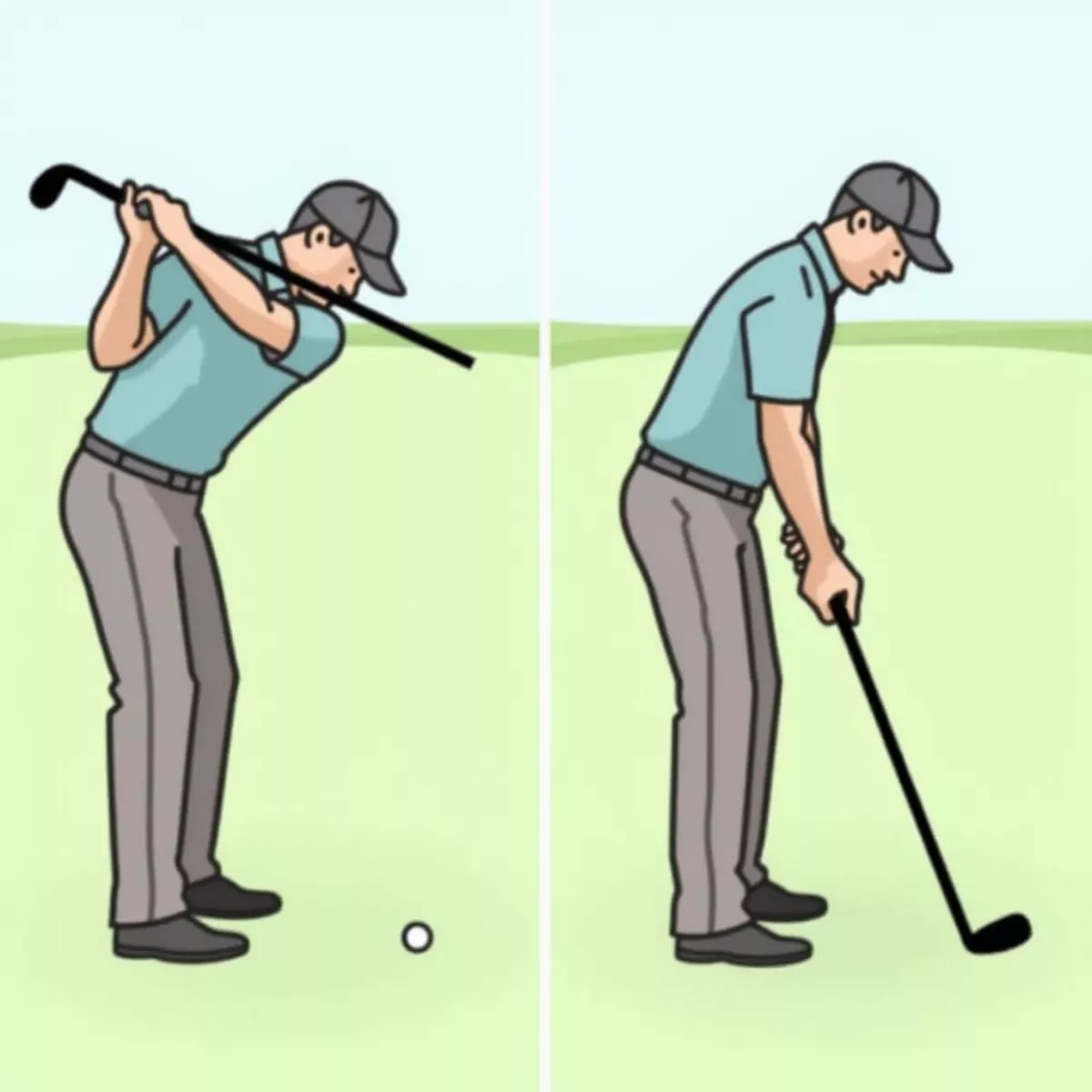 Golfer stance for a tight lie
Golfer stance for a tight lie
 Electrophilic addition mechanism of HBr to butene
Electrophilic addition mechanism of HBr to butene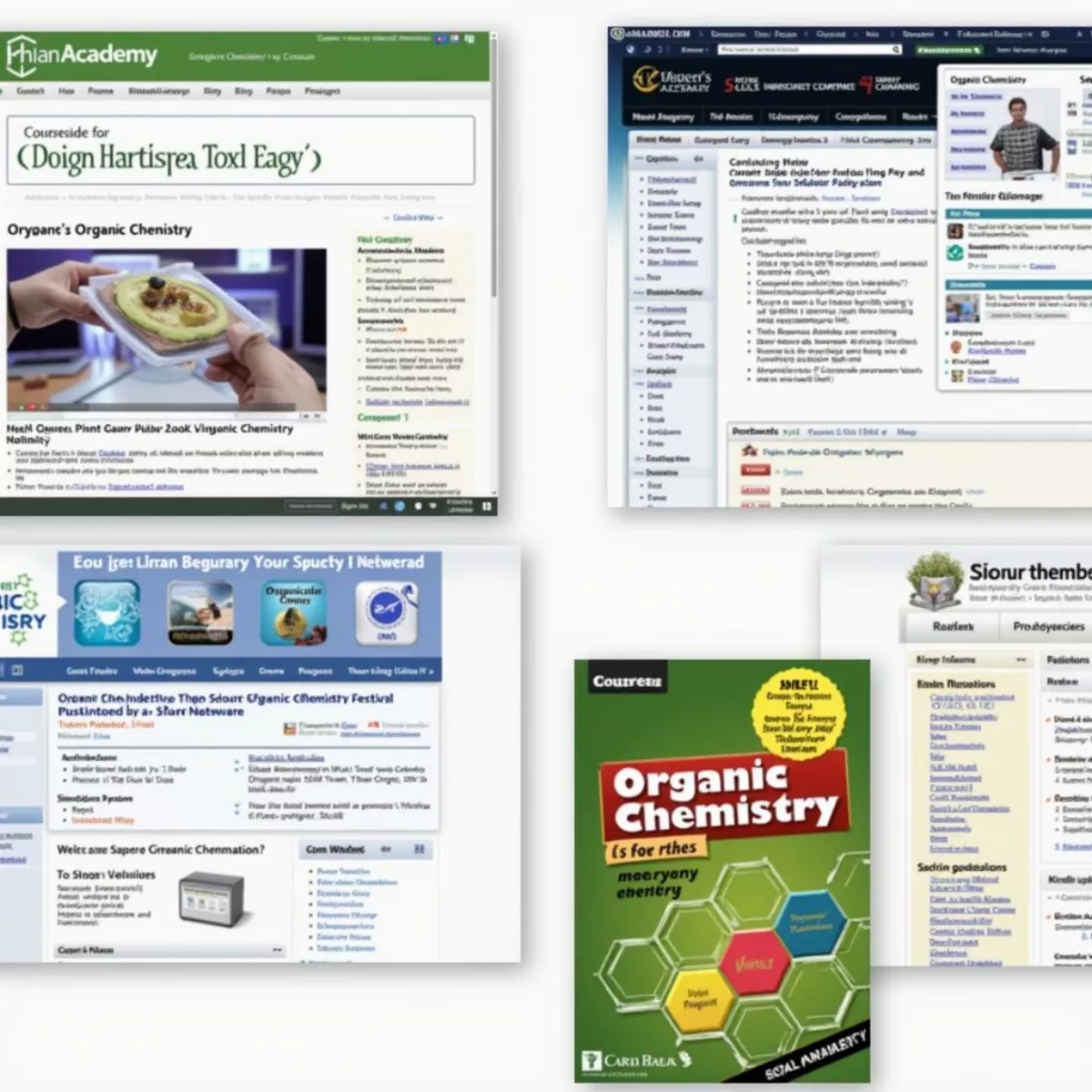 Resources for predicting organic reactions
Resources for predicting organic reactions
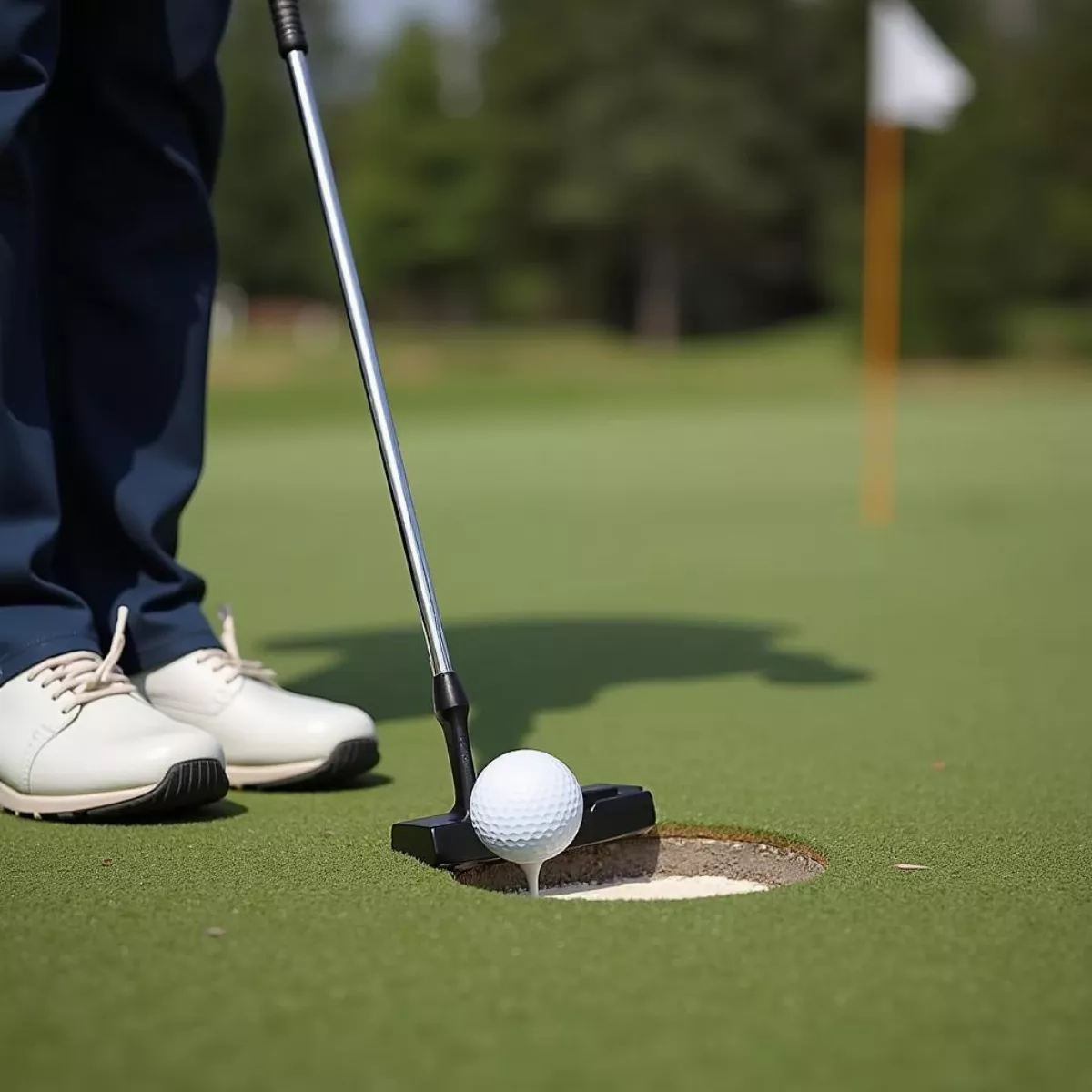 Golfer Using Two Ball Putting Technique
Golfer Using Two Ball Putting Technique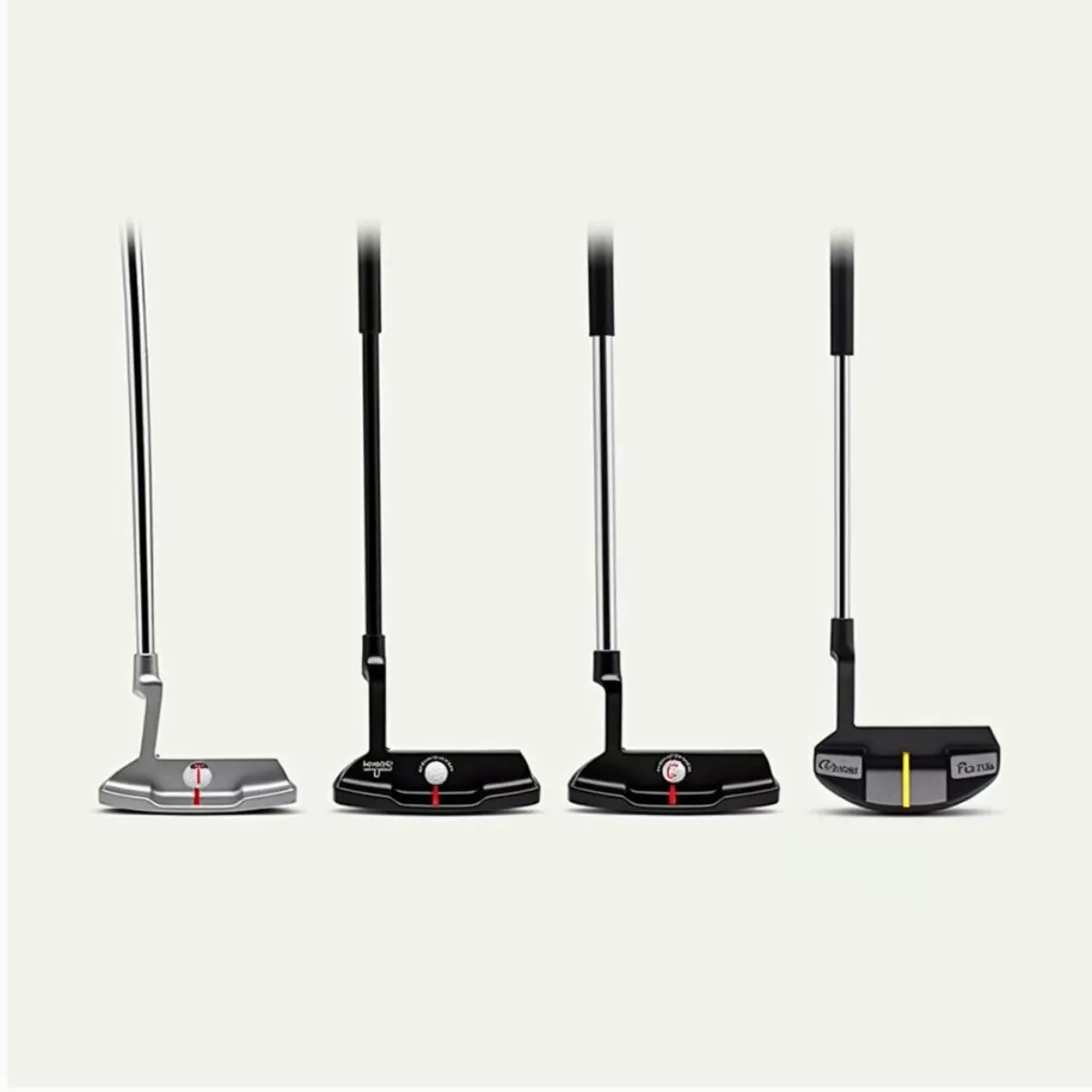 Different Golf Putters
Different Golf Putters